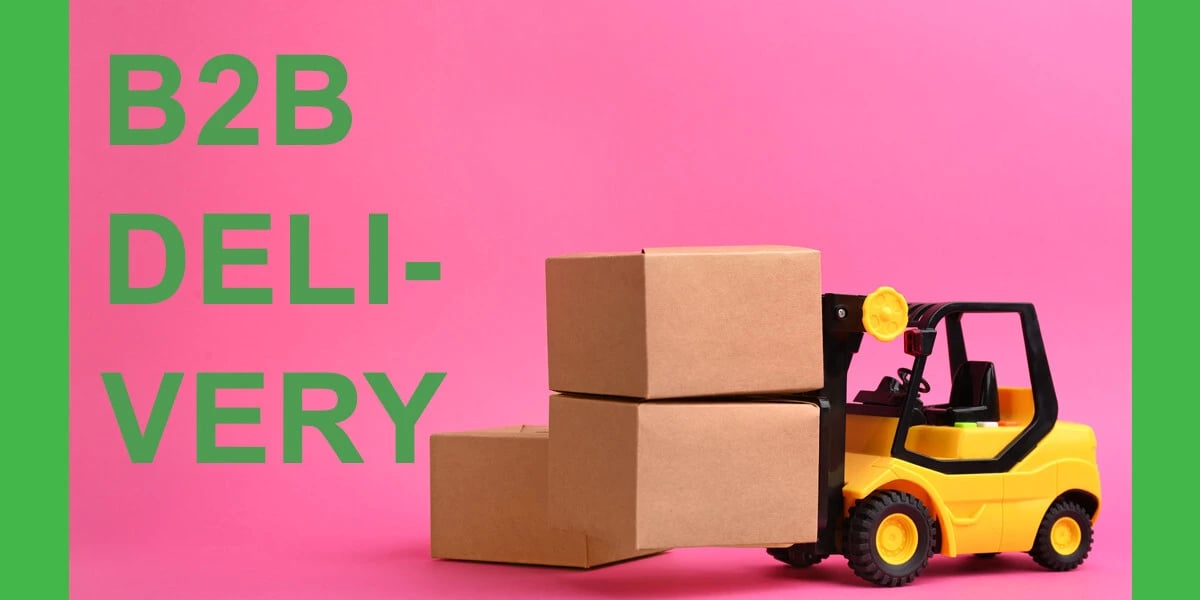The growth of online selling comes with a higher demand for faster shipping, and companies are experiencing a 33 percent increase in demand for B2B last mile deliveries. Unfortunately, the last mile business model is quite costly, with hidden costs. It drives businesses to make real efforts on logistical efficiency to temper the expense of this difficult last step of fulfillment.

These days companies are working doubly hard to overcome the challenges brought by shifting consumer behavior and increasing shipping expenses. Fortunately for businesses, there are ways to minimize last mile delivery expenses to help them achieve a healthy profit margin.
Why is Last Mile Delivery Expensive?
Using the last mile delivery model means spending more on shipping expenses, given that it accounts for more than half of the overall shipping costs. According to last mile delivery research, the last stage of delivery accounts for 41 percent of the supply chain expenses and 53 percent of the total shipping cost.
What is the cost of last mile delivery? One study shows that firms, on average, spent $10.10 per delivery. Why are they so costly?
Consumer demands
Customer demand for quick deliveries and the growing volume of eCommerce transactions are partly due to the increasing cost of utilizing the last mile delivery model. A survey of 323 logistics companies revealed that 57 percent of consumers demand same-day deliveries, while 61 percent of them said that they might cancel their orders if they have to pay for shipping. As a result, more online sellers are willing to spend on shipping costs even if doing so decreases their profit margins significantly.
Inefficient delivery
Last mile deliveries are inefficient because delivery points are miles apart. In rural areas, delivery drivers have to travel quite a distance to drop off one or two packages. Delivery points in cities may be located near each other, but the short distance is offset by heavy traffic congestions. Plus, last mile delivery operations are becoming more inefficient with the growth of eCommerce; they are simply overwhelmed with packages and freight.
Failed deliveries
Poor coordination between the delivery team and customers end up in failed deliveries, which means drivers will have to come back another time. Plus, there's also the waiting time for drivers, as some consumers are unaware that the package is just minutes away from their doorsteps and are ill-prepared. Wasted time such as returning to the same delivery point and waiting for customers to sign the packages, also drive shipping costs up, not to mention the possibility of some critical social reviews.
How Can I Improve my Last Mile Delivery Costs?
Provide more shipping options
Businesses should offer more B2B delivery options since same-day delivery isn't always the preferred choice of consumers. One study showed that 73 percent of consumers prefer a convenient delivery time slot than fast delivery. The same study also showed these are the elements consumers would like to have in their delivery experience.
- Delivery flexibility
- Speed of delivery
- Real-time visibility
- Delivery options
Allowing customers to receive packages at their preferred time and date and letting them see where their orders are will help lessen the number of missed and repeat deliveries.
Switch to auto dispatch technology
There's a lot of time wasted on dispatching drivers and assigning packages. Fortunately, there's the auto-dispatch technology that assigns orders to the nearest drivers automatically. This technology helps in cutting down labor costs.
Optimize delivery routes
The farther apart the delivery points, the higher the cost per delivery. Thus, businesses must continue to optimize routes by using data-driven tactics that account for time, distance, location, traffic, and driver capacity.
Mobile app for driver
One of the last mile delivery solutions that can generate valuable information is a mobile application that records proof of delivery such as who signed for the package, the time the package was delivered and where it was dropped off. The mobile app also lets drivers collect signatures, barcodes, and photos in seconds. These records allow for a more data-driven assessment of bottlenecks and inefficiencies in the delivery operations.
Provide easy real-time communication between drivers and consumers
Customers must be able to communicate directly with the drivers to avoid missed or failed deliveries and to help increase customer satisfaction.
Gather necessary data
Information such as average time per task, number of tasks completed, idle time, distance covered, successful vs. failed tasks, among others, will help executives find out what's happening in the last mile deliveries. Gathering these data will help identify and correct problems and inefficiencies in the delivery process.
Reducing Last Mile Delivery Costs
Companies cannot do away with last mile deliveries given the growing consumer demand for convenience and speed in the fulfillment of their orders. Fortunately, businesses can reduce the cost in last mile delivery through proper planning and investments in technology. Having the right last mile delivery solutions that can optimize routes, gather and record needed information, allow better visibility on orders, and drive improving performance is key to lower shipping costs and higher profit margins.